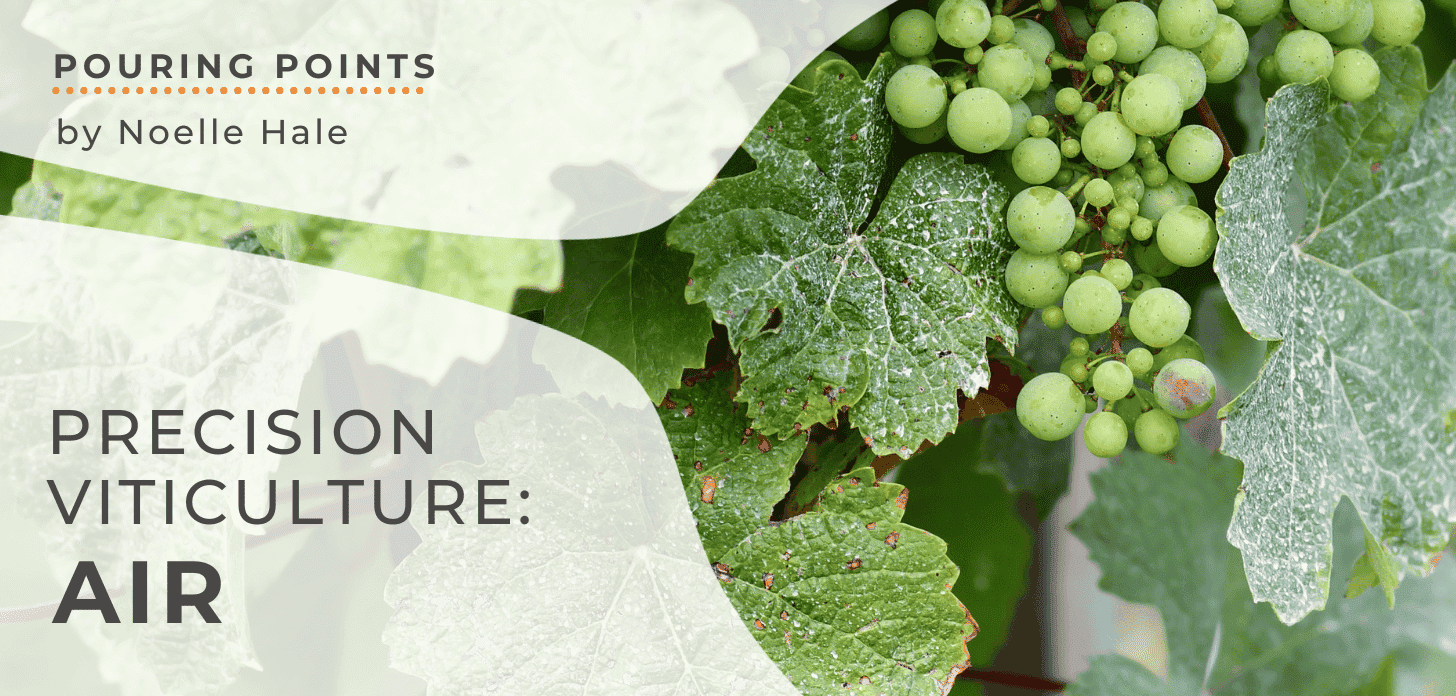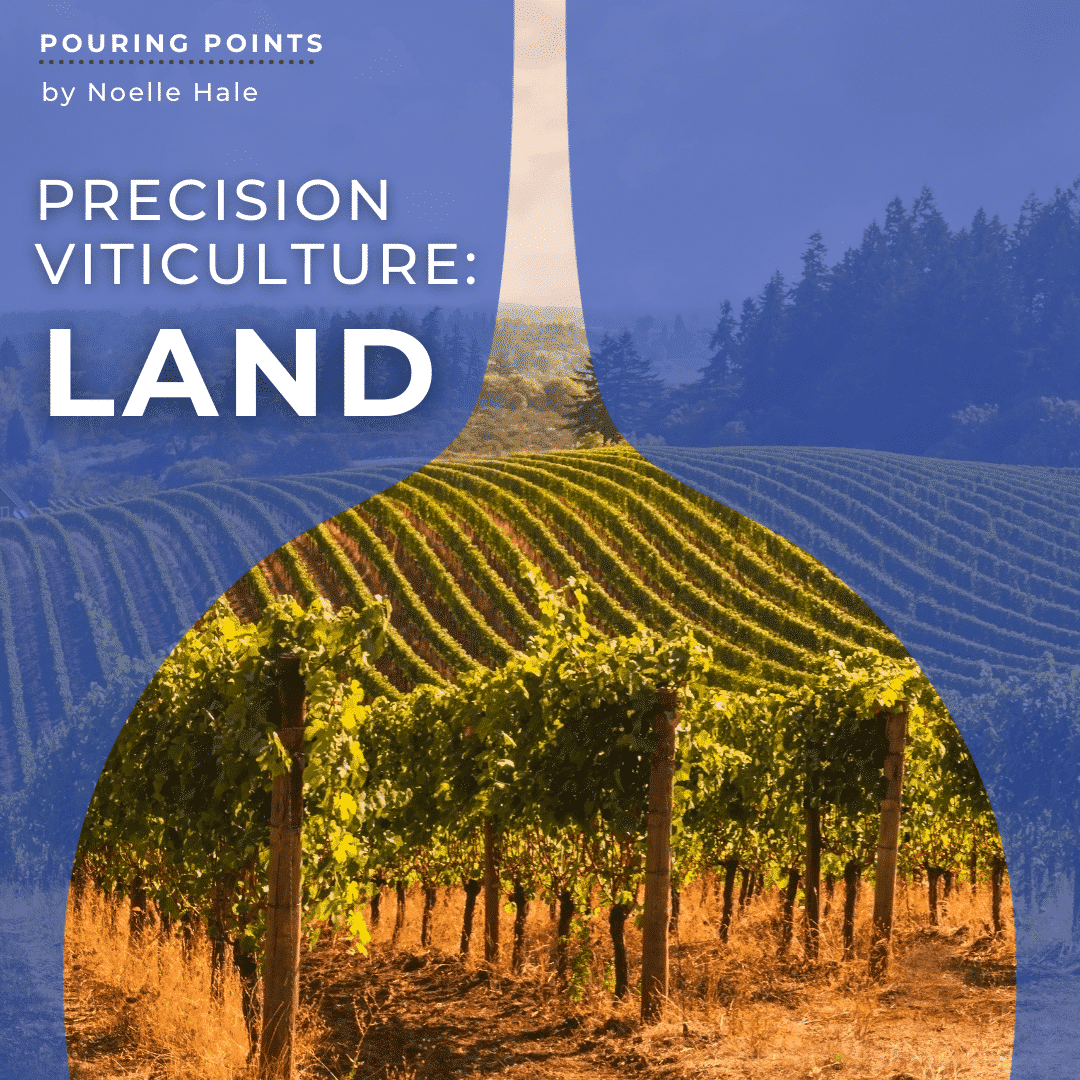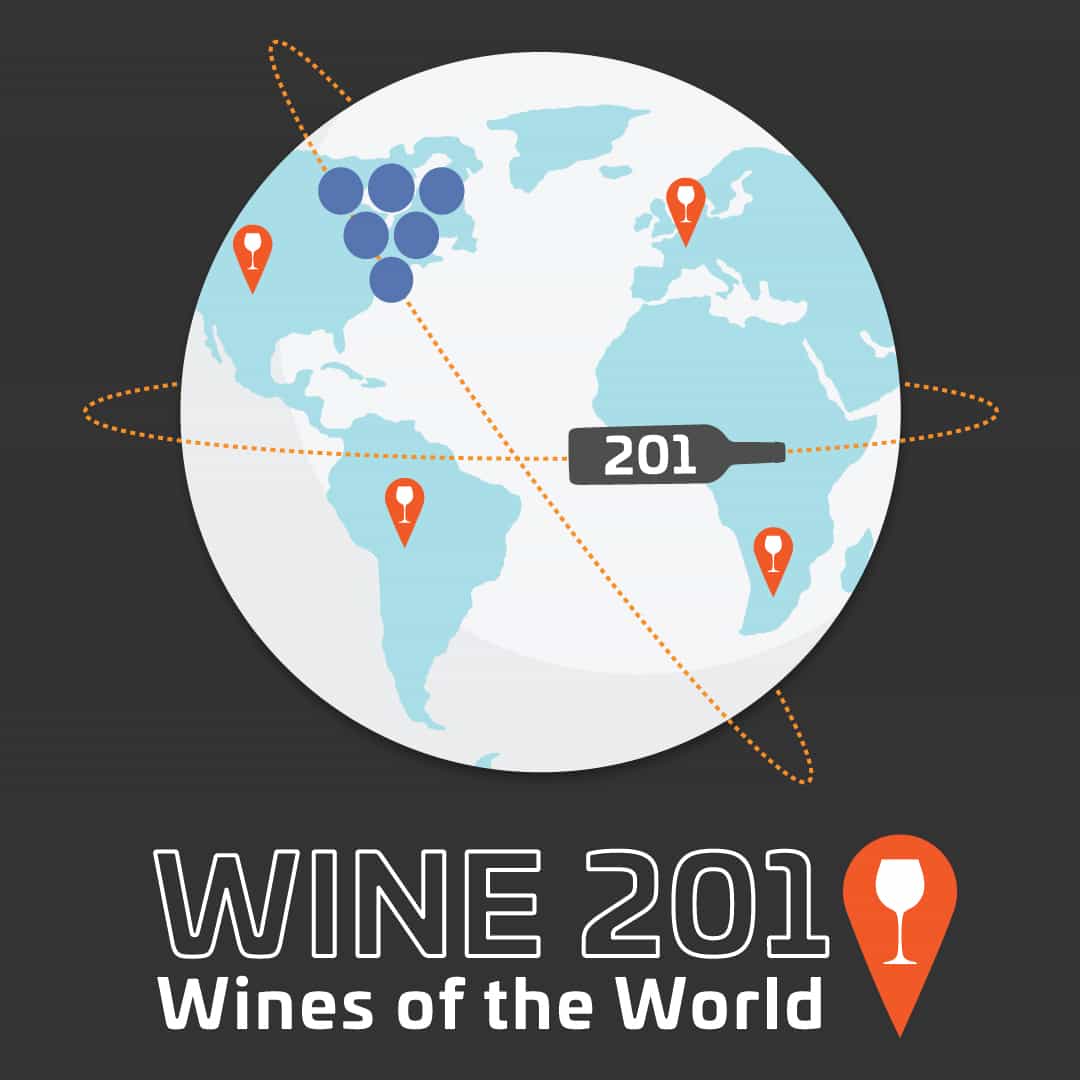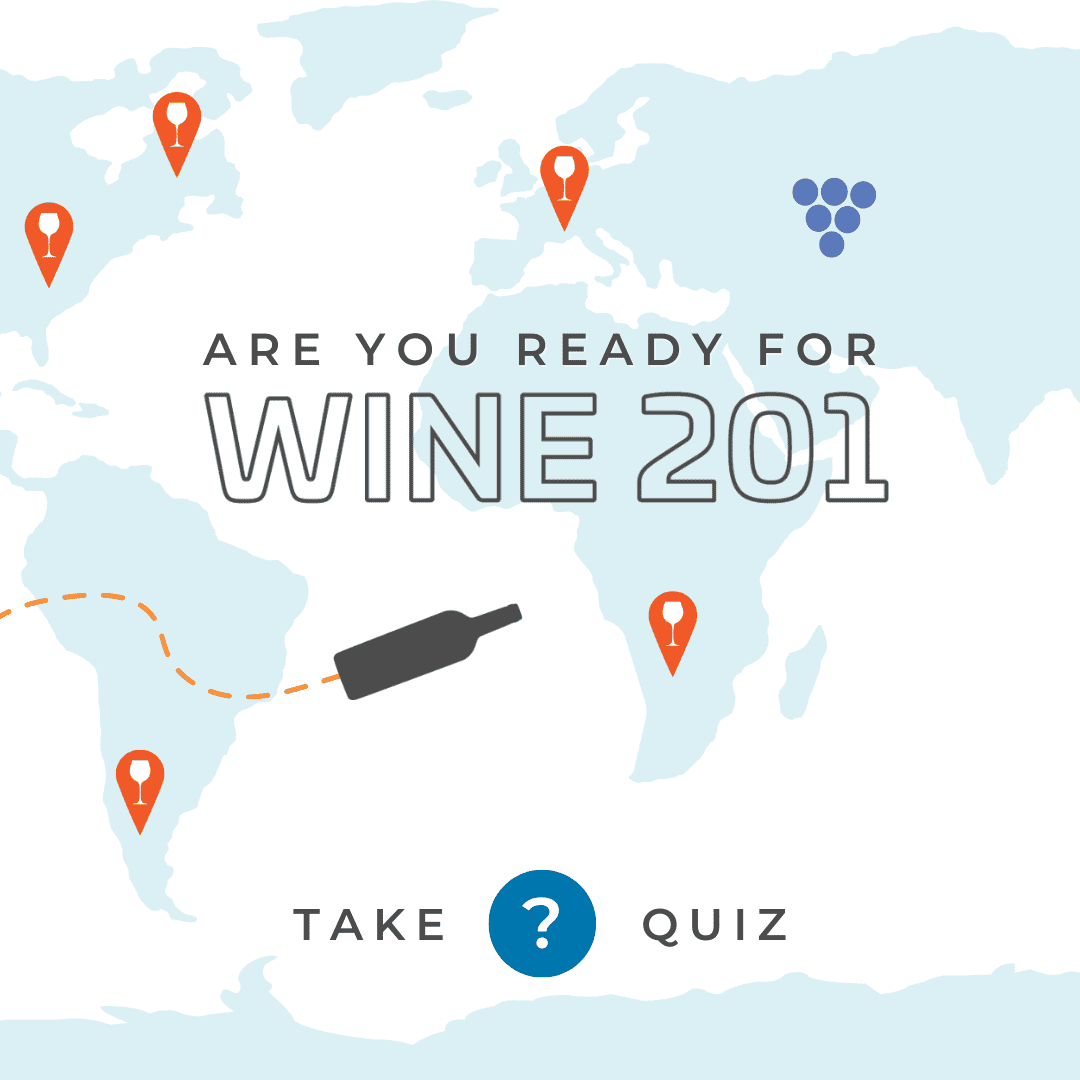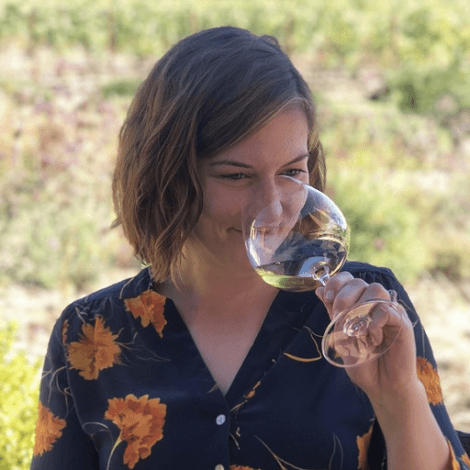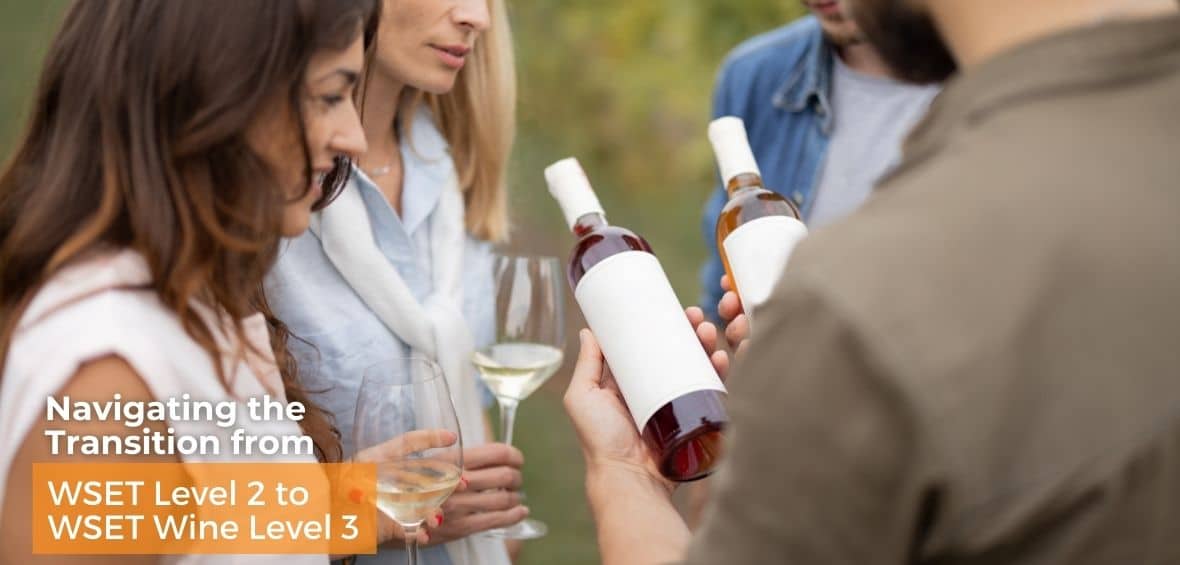By Noelle Hale
Welcome back to our series of articles focused on emerging technologies in precision viticulture. In this three-part series, we’re looking at how new viticultural technology is helping get the wines you love into the bottle more easily and safely for the people who grow their precious raw material: grapes.
In our first feature, we dug into Land. In this essay, we’re looking to the skies for some technologies that leverage the air itself to provide new insights to grape growers.
Smoke Mapping
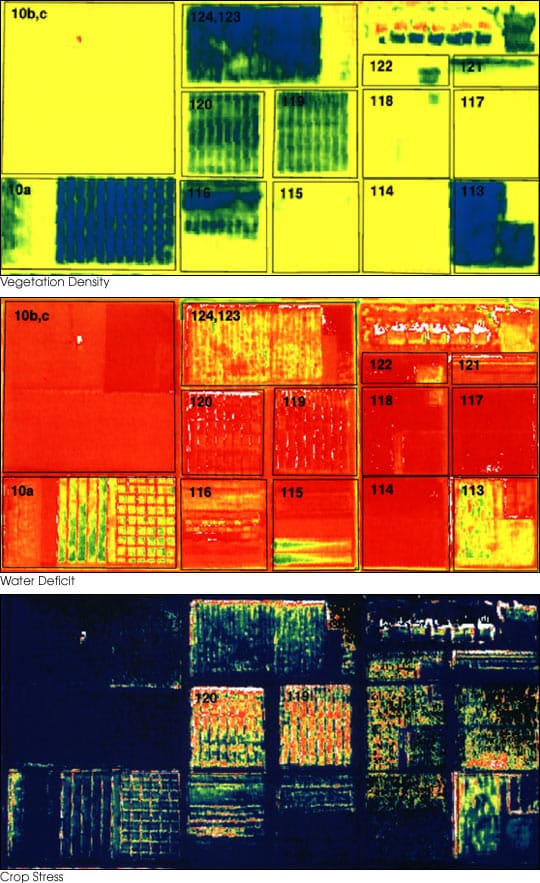
With California experiencing more frequent and severe wildfires coinciding with the grape growing season and harvest, growers have scrambled for solutions to deal with smoke tainted grapes, which can lead to wines with an unpredictable and unpleasant ashy taste. Research is ongoing on many fronts, but so far, it has been challenging to determine exactly when in the growing season smoke taint potential is the greatest, as well as how much exposure to smoke is damaging.
At Silver Oak Cellars in Napa Valley, four new agrology sensors were installed in each vineyard earlier this year. The sensors collect and aggregate a variety of data, including air quality. They can combine air quality data from weather stations and the other agrology sensors in their network to help predict the presence of smoke in the air, potentially giving a week’s advance notice of smoke in the area. This buys time to either harvest the grapes or decide on another course of action. A waxy spray called Cultiva Parka, which is already in use as a food-grade protectant to reduce cracked skin in other fruit crops, is showing promise as a protectant against smoke taint, almost like a sunscreen.
Nate Weis, Silver Oak’s Vice President of Wine Growing, says that he is looking forward to “building models to tell us what’s going to happen versus models that tell us what’s already happened.”
Drones
The aerial capabilities of drones lend themselves naturally to mapping and imaging, which can be useful in a variety of ways. Taking photos or video of a vineyard several times over the course of a year can help show how diseases like leafroll are moving through a vineyard or if there are any spots that consistently struggle with vigor. This can be aggregated into computer mapping software that makes any problems easily visible, and GPS technology can give a precise location for an on-the-ground inspection.

But drone technology has recently moved beyond just mapping and is now being used to help reduce reliance on chemical sprays. Drones can be used to carry predatory or beneficial insects into a vineyard, and when combined with GPS mapping, they can be dropped into the vineyard in targeted locations.
Craig Winn, Director of Viticulture and Technology at Scheid Family Wines, says he and his team use a variety of different insect drops, mostly to deter mites and mealybugs in the vineyard.
“Chrysopa, or green lacewing, is kind of a general [solution] that hits everything: aphids, mites and mealybugs. Those can be released as eggs, adults or mixed in. Cryptolaemus is another mealybug destroyer, or anagyrus is a newer one that works really well,” he says.
The insects are attached to a drone, essentially contained in a tube with holes, and the application rate is adjusted by increasing or decreasing the number of holes in the tube. Winn says that he does two to three applications per growing season of insects that will eat mites. “We time the applications between chemical sprays. Everything is about sustainability, so the less chemicals we can use, that’s not only environmentally sustainable, but it’s financially sustainable for our company and also more sustainable for our employees,” he says.
While the team at Scheid hasn’t yet determined if an insect drop is cheaper than a chemical spray, Winn estimates it’s at least comparable cost-wise. “It may be $50/acre, but because it’s need-based, it’s only done in spots. In a 50-acre block, I’m not going to do 50 acres. I could do one-eight of an acre or even just 10 vines. As long as there’s food, the insects will go to the adjacent vines too.”
New forms of drones are also being equipped to apply vineyard sprays, and not just in new world wine regions. The French government recently allowed growers to experiment with aerial spraying for mildew on a trial basis in hillside vineyards in regions including Alsace, Beaujolais, and Champagne. Growers are pushing for the experimental allowance to be made permanent because it saves them so much labor in areas that are too steep for any mechanical application.
Spore Traps
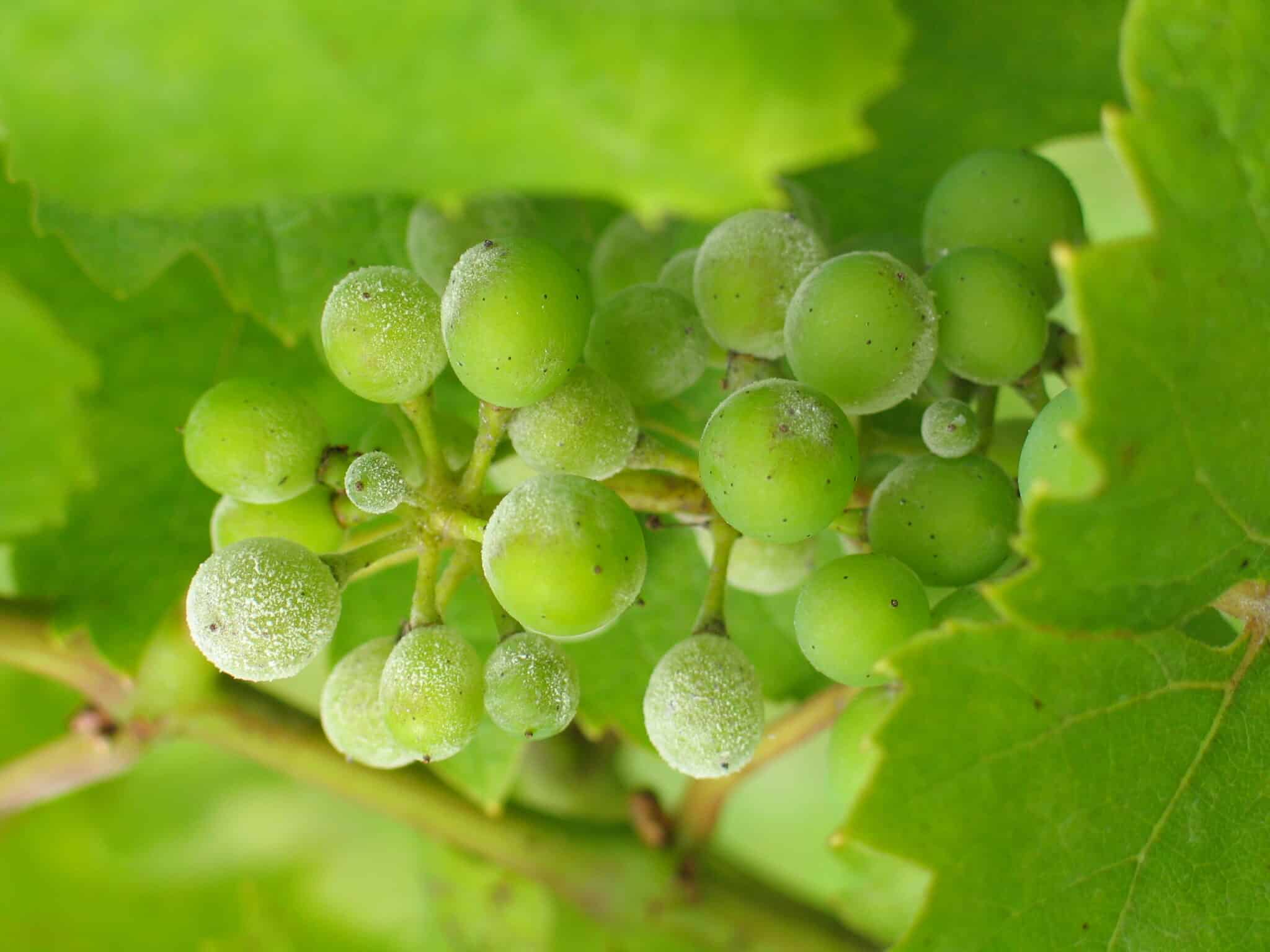
Fungal spores in a vineyard can cause a variety of diseases and problems. Downy and powdery mildew are two very common vineyard scourges that are typically kept under control with regularly timed vineyard sprays that can include copper, sulfur, a mixture of the two, or synthetic fungicides. But others are more worrisome—fungal spores can also spread trunk diseases, such as eutypa or esca, that will eventually result in the death of a vine. Vines are normally infected with trunk diseases during pruning when cutting a cane or cordon exposes the interior of a vine to the air, giving spores an entryway. The timing of pruning and the application of fungicidal paint to pruning wounds can help reduce their incidence, but as with mildew, preemptively gauging the likelihood of an infection can require guesswork.
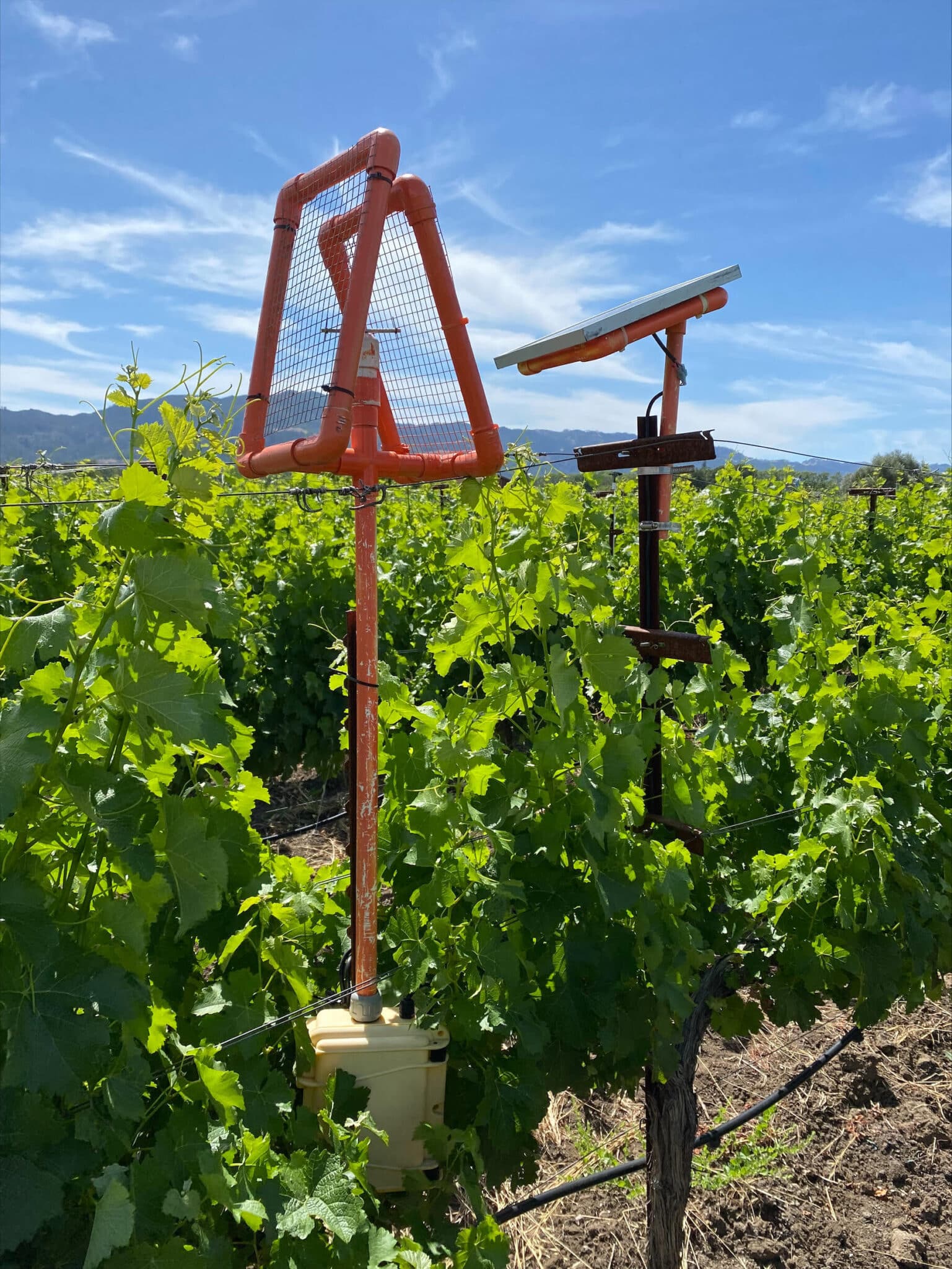
Recently, Silver Oak has started using spore traps to detect the presence of fungal spores in its vineyards. Traps are placed around a vineyard, and as air passes through each trap, any fungal spores present are caught on the trap. The samples are collected and tested weekly using a PCR test that amplifies any fungal DNA present. Because a trap shows the presence of fungal spores in the air, the team is able to adapt its management techniques without having to physically see evidence of mildew or make a guess based on the weather.
Weis explains, “ If we see a number of spore trap results that show there’s no powdery mildew, we can be a bit more relaxed in our spray intervals. And because they can also track trunk diseases, sometimes when we’re pruning and we see a spike in eutypa or bot canker, we’ll be extra cautious about protecting pruning wounds and taking measures to protect the vine. The idea is that if we can cut out a couple of spray cycles, that’s good all around.”
Silver Oak viticulturist Allison Bettis agrees, saying, “What we find is that it helps us extend the intervals between sprays, so it’s helpful in giving us a sense of security.” The team has determined that if the extra time between spray intervals saves two spray cycles per year, the system pays for itself.
Conclusion
Smoke mapping, drones and spore traps are just a few of the cutting edge technologies rolling out in vineyards today, but as we’ve seen with other precision viticulture methods, they are helping viticulturists achieve higher quality grapes and while reducing safety risks and costs.
Sources:
- https://www.winespectator.com/articles/could-vintners-protect-grapes-from-wildfire-smoke
- https://www.vineyardteam.org/files/resources/Smoke%20Taint.pdf
- https://www.portoprotocol.com/case-studies/powdery-mildew-spore-traps/
- https://dronedj.com/2021/08/03/french-vineyard-revolution-wine-producers-use-drones-to-battle-grape-rotting-mildew/
- https://www.hebdo-ardeche.fr/actualite-11496-bientot-des-drones-dans-les-vignes
- https://www.uasvision.com/2022/03/02/australias-drones-drop-mites-to-combat-vineyard-pests

